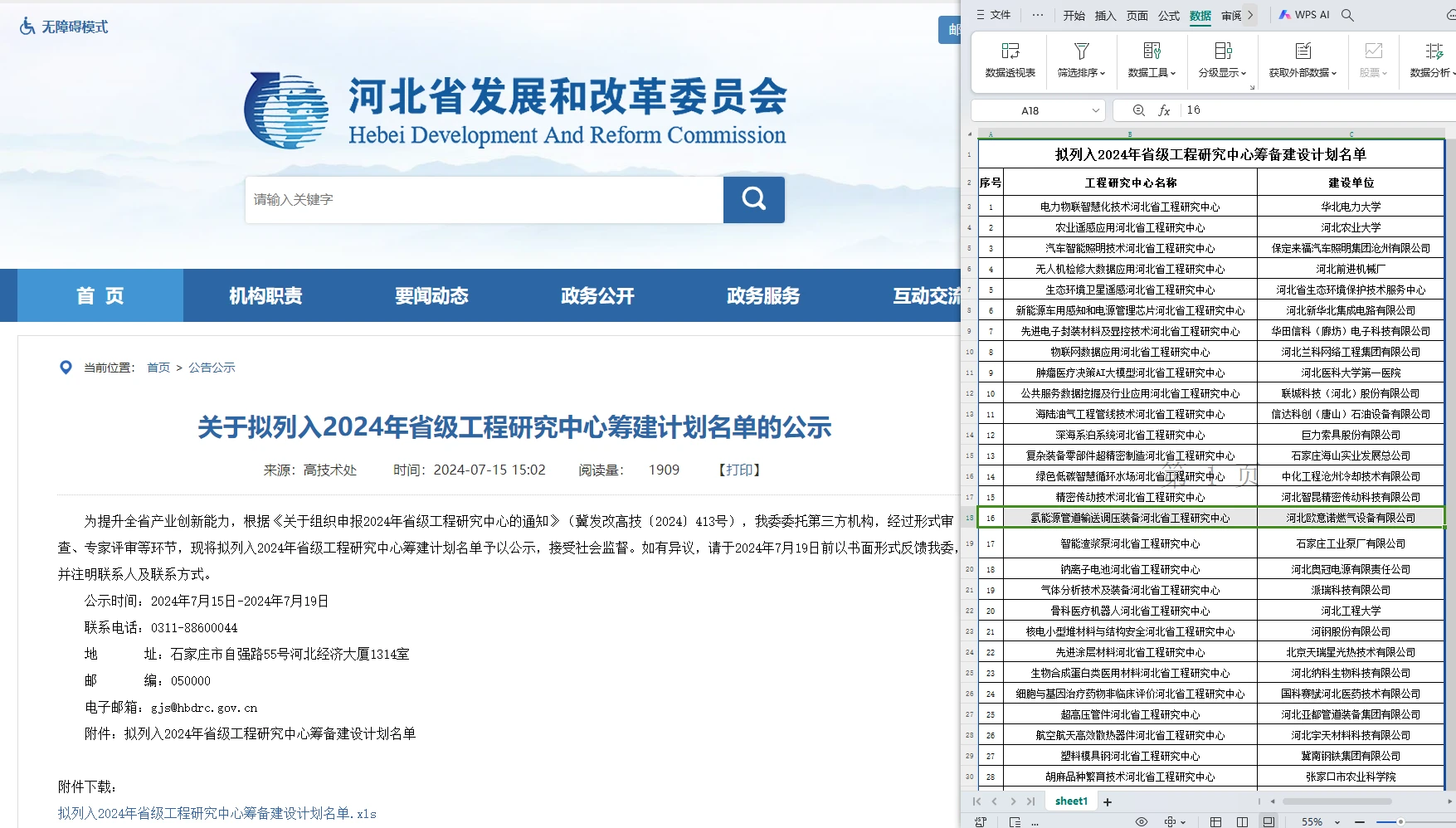
10 月 . 14, 2024 01:37
Back to list
Understanding the Function and Importance of Safety Relief Valves in Pressure Systems
Understanding Safety Relief Valves Their Importance and Functionality
Safety relief valves are critical components in various industrial systems, ensuring safety and preventing catastrophic failures. These valves play a fundamental role in protecting pressurized equipment, such as boilers, pressure vessels, and piping systems, by releasing excess pressure when it exceeds a predetermined limit. Understanding the functionality, applications, and maintenance of safety relief valves is essential for engineers, technicians, and safety personnel involved in the design and operation of pressurized systems.
The Function of Safety Relief Valves
A safety relief valve is designed to control or limit the pressure in a system. When the pressure reaches a set point, the valve automatically opens, allowing the excess pressure to be vented, thereby preventing damage or rupture of equipment. Once the pressure drops back to a safe level, the valve closes again, helping to maintain the integrity of the system.
There are two main types of safety relief valves safety valves and relief valves. Safety valves are typically used in gas applications, while relief valves are more commonly found in liquid applications. Both types function similarly but have different mechanisms and designs suited for their specific uses.
Key Components
Safety relief valves consist of several vital components, including
1. Body The main structure that houses all components and withstands the pressure of the system. 2. Disc or Piston This is the sealing element that moves to open the valve when pressure exceeds the set point. 3. Spring The spring applies the force needed to keep the valve closed, counteracting the system pressure. 4. Seat The surface against which the disc or piston seals to prevent flow when the valve is closed. 5. Adjustable Set Screw Allows for the adjustment of the valve's opening pressure, customizable to specific applications.
Applications of Safety Relief Valves
safety relief valve

Safety relief valves are used across diverse industries, including
- Chemical Processing To protect reactors and storage tanks from excessive pressure that could lead to explosions. - Petroleum Refineries To safeguard distillation columns and other units from pressure surges. - Power Generation In steam systems, they prevent overpressure in boilers and turbines. - Food and Beverage To protect systems involved in heat treatment processes, ensuring consumer safety.
Importance of Regular Maintenance
Regular maintenance and inspection of safety relief valves are crucial for ensuring their reliability. Over time, valves can become clogged with debris, corroded, or lose their calibration due to wear and tear. Neglecting the maintenance of safety relief valves can lead to severe consequences, including equipment failure, unintentional releases of hazardous materials, or even catastrophic accidents.
Routine checks should include
- Visual Inspections Look for signs of leakage, corrosion, or physical damage. - Testing Regularly test the valves to ensure they open and close at the correct pressure. - Cleaning Ensure that the valve internals are free of debris and buildup, which can hinder operation.
Conclusion
Safety relief valves are essential devices designed to protect pressurized systems from overpressure scenarios. Their proper functioning ensures the safety of personnel, equipment, and the environment. Understanding their design, operation, and maintenance can prevent potentially dangerous situations in various industrial applications. By prioritizing regular inspection and maintenance, industries can ensure that their safety relief valves operate effectively, thereby maintaining system integrity and safety.
In summary, safety relief valves are more than just a regulatory requirement; they are a critical line of defense in maintaining safe working conditions across numerous industries.
Next:
Latest news
-
Unlocking The Quality Gas Pressure ReducersNewsNov.01,2024
-
The Role of Gas Pressure Reducing StationsNewsNov.01,2024
-
The Importance and Functionality of Safety Relief ValvesNewsNov.01,2024
-
The Essential Role of Safety Valves in Natural Gas ApplicationsNewsNov.01,2024
-
The Essential Role of Gas Pressure RegulatorsNewsNov.01,2024
-
Enhance Your Premium Gas FiltersNewsNov.01,2024

